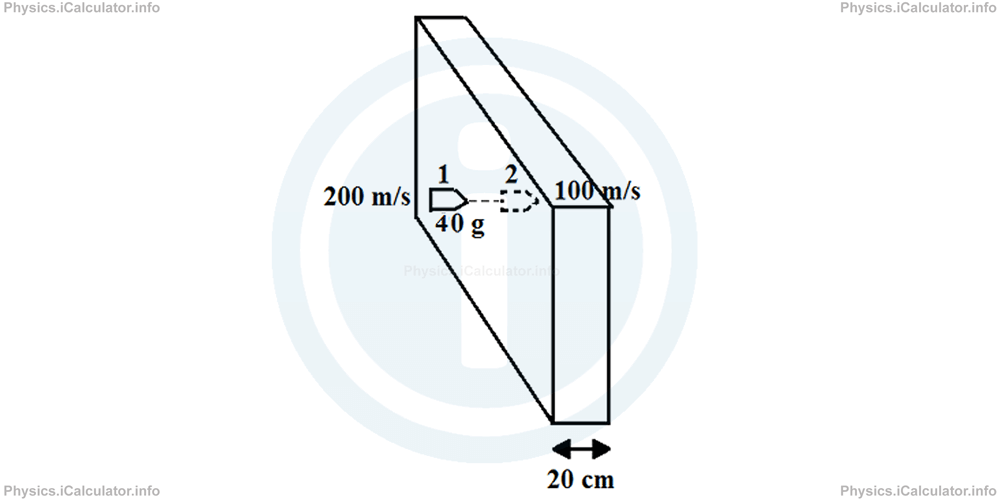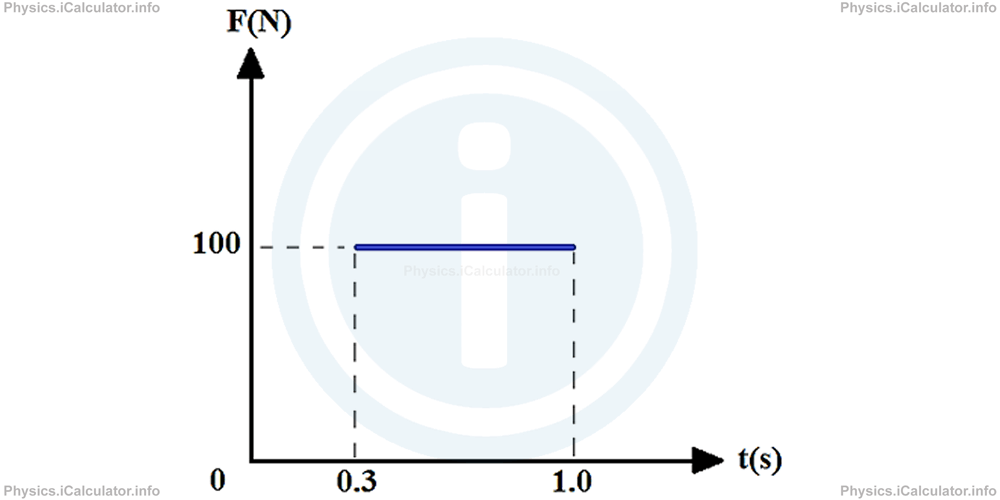Menu
Physics Tutorial 6.6 - Collision and Impulse. Types of Collision Revision Questions
Please provide a rating, it takes seconds and helps us to keep this resource free for all to use
The following physics revision questions are provided in support of the physics tutorial on Collision and Impulse. Types of Collision. In addition to this tutorial, we also provide revision notes, a video tutorial, revision questions on this page (which allow you to check your understanding of the topic) and calculators which provide full, step by step calculations for each of the formula in the Collision and Impulse. Types of Collision tutorials. The Collision and Impulse. Types of Collision calculators are particularly useful for ensuring your step-by-step calculations are correct as well as ensuring your final result is accurate.
Not sure on some or part of the Collision and Impulse. Types of Collision questions? Review the tutorials and learning material for Collision and Impulse. Types of Collision
| Tutorial ID | Title | Tutorial | Video Tutorial | Revision Notes | Revision Questions | |
|---|---|---|---|---|---|---|
| 6.6 | Collision and Impulse. Types of Collision |
Collision and Impulse. Types of Collision Revision Questions
1) A 40 g bullet hits a 20 cm thick wooden trunk at 200 m/s. The bullet decelerates due to the friction and leaves the trunk in the opposite side at 100 m/s. Calculate the average force exerted by the bullet in the trunk.

- 300 N
- 3000 N
- 30 000 N
- 300 000 N
Correct Answer: B
2) A 3 kg object hits a hard surface at 6 m/s and then turns back. The collision lasts for 0.1 s and the force of impact is 360 N. What type of collision is it?
- Completely elastic
- Elastic but not completely
- Inelastic but nut completely
- Completely inelastic
Correct Answer: A
3) A 2 kg object hits a hard surface at 20 m/s due North. The Force vs Time graph for this object is shown in the figure below.
 What is the velocity of the object after the collision?
What is the velocity of the object after the collision? - 35 m/s due North
- 15 m/s due South
- 70 m/s due South
- 35 m/s due South
Correct Answer: B
Whats next?
Enjoy the "Collision and Impulse. Types of Collision" practice questions? People who liked the "Collision and Impulse. Types of Collision" practice questions found the following resources useful:
- Practice Questions Feedback. Helps other - Leave a rating for this practice questions (see below)
- Centre of Mass and Linear Momentum Physics tutorial: Collision and Impulse. Types of Collision. Read the Collision and Impulse. Types of Collision physics tutorial and build your physics knowledge of Centre of Mass and Linear Momentum
- Centre of Mass and Linear Momentum Revision Notes: Collision and Impulse. Types of Collision. Print the notes so you can revise the key points covered in the physics tutorial for Collision and Impulse. Types of Collision
- Check your calculations for Centre of Mass and Linear Momentum questions with our excellent Centre of Mass and Linear Momentum calculators which contain full equations and calculations clearly displayed line by line. See the Centre of Mass and Linear Momentum Calculators by iCalculator™ below.
- Continuing learning centre of mass and linear momentum - read our next physics tutorial: Law of Conservation of Momentum and Kinetic Energy
Help others Learning Physics just like you
Please provide a rating, it takes seconds and helps us to keep this resource free for all to use
We hope you found this Physics tutorial "Collision and Impulse. Types of Collision" useful. If you did it would be great if you could spare the time to rate this physics tutorial (simply click on the number of stars that match your assessment of this physics learning aide) and/or share on social media, this helps us identify popular tutorials and calculators and expand our free learning resources to support our users around the world have free access to expand their knowledge of physics and other disciplines.